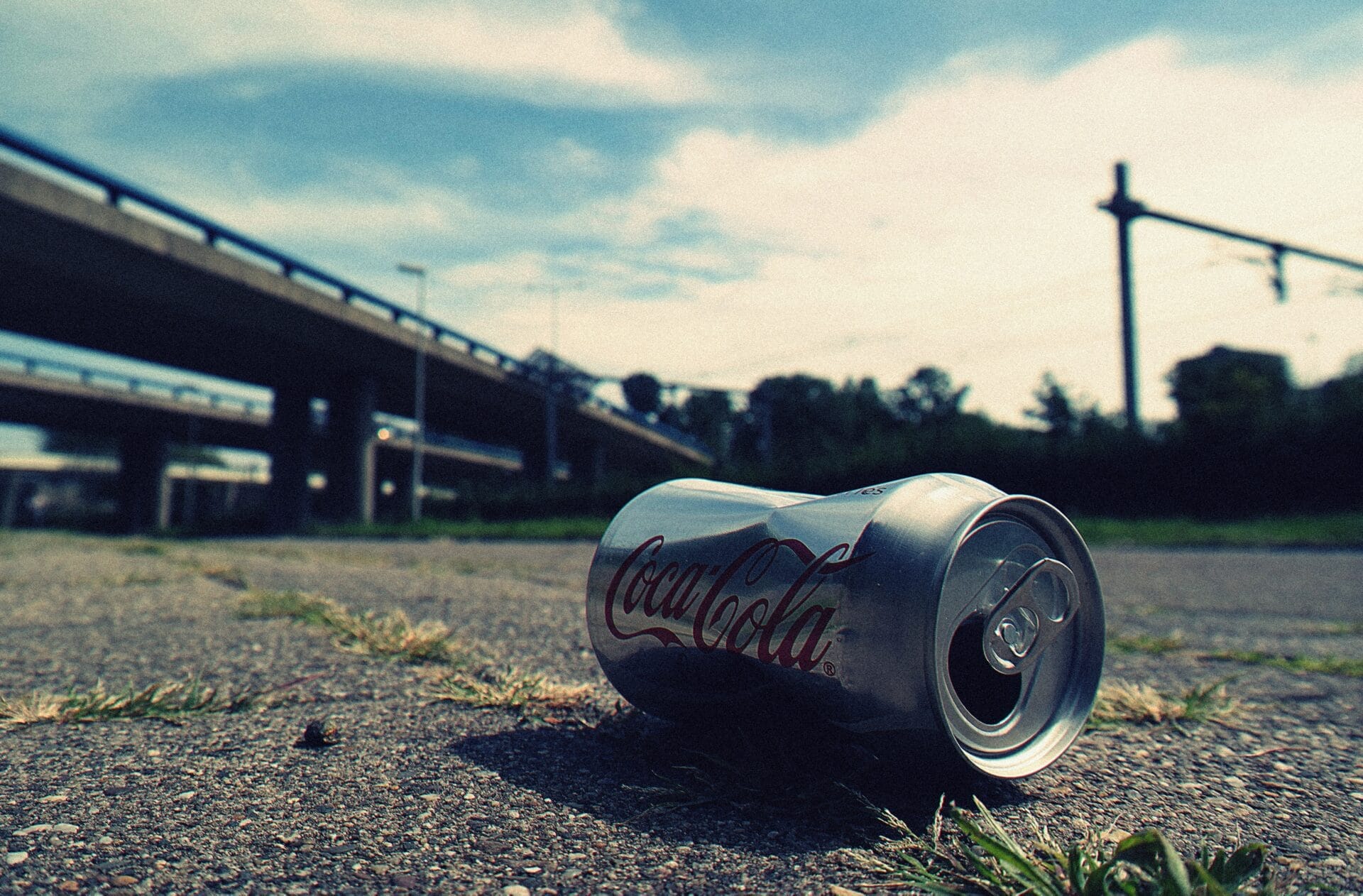Topping up your car battery with distilled water is an easy and relatively quick process. It is important to ensure that the distilled water is used, as regular tap water can cause mineral deposits to form in the battery cells. This can lead to a buildup of sediment, which can reduce the efficiency of your car battery and even cause it to fail. With the right tools and a few simple steps, you can top up your car battery with distilled water and ensure that it has enough fluid to operate properly.Topping up the car battery with distilled water is essential to its functioning. Distilled water has a low mineral content and is free from impurities, making it the ideal choice for topping up car batteries. This is because minerals and impurities in other types of water can form deposits on the lead plates inside the battery, causing a build-up of sulfate crystals which can reduce the capacity of the battery and eventually lead to failure. In addition, these deposits can cause corrosion on the terminals and connections of the battery, leading to further issues with its performance. Topping up a car battery with distilled water will help keep it running efficiently for longer.
Identifying Your Car Battery Type
Having the right car battery is essential for your vehicle to start up, and run smoothly. Knowing the type of car battery you need can be a daunting task. Here’s a guide to help you determine the right battery for your vehicle.
The first step is to identify what type of battery your car requires. This information can usually be found in your car’s owner’s manual, or on the manufacturer’s website. You should also check your vehicle’s technical specifications for more detailed information on the size and type of battery required for your model.
Once you have identified the type of battery you need, it is important to ensure that it is compatible with your car’s electrical system. Most car batteries are made with lead-acid technology, which means they must be properly matched with the correct electrical system in order to work properly. If you are unsure about which type of battery would be best for your car, consult a professional mechanic or auto parts store for assistance.
It is also important to consider other factors when selecting
Steps for Topping Up a Conventional Battery
Topping up a conventional battery is an important step in ensuring that your battery will last for a long time. Proper maintenance can increase the lifespan of your battery and help you avoid costly repairs or replacements. Here are the steps to follow when topping up a conventional battery:
1. Start by removing any corrosion from the terminals of the battery. This can be done with a wire brush or baking soda and water. Make sure that all corrosion is removed before proceeding to the next step.
2. Check the electrolyte level in each cell of the battery. If it is low, add distilled water until it reaches the correct level. Be careful not to overfill it, as this could cause damage to the cells.
3. Once you have corrected the electrolyte level, check if the specific gravity of each cell is within specification for your type of battery. If not, add sulfuric acid until it reaches the correct level.
4. Check for signs of leakage around each cell and make sure all connections are tight
Step 1: Check the Battery Voltage
The first step in topping up a maintenance-free battery is to check the battery voltage. This is typically done with a voltmeter, and you should ensure that the reading is 12.4 volts or higher. If the voltage is lower than this, then it may be necessary to top up the battery with additional electrolyte solution.
Step 2: Prepare the Electrolyte Solution
Once you have determined that your battery needs topping up, you will need to prepare an electrolyte solution. This can typically be purchased from a local auto parts store and will need to be mixed with distilled water before being added to the battery cells. Make sure to follow the instructions on the packaging carefully when mixing the solution.
Step 3: Add Electrolyte Solution
When you have prepared your electrolyte solution, you can begin adding it to each cell in your battery using a funnel or syringe. Start with one cell at a time, adding enough electrolyte solution until it reaches just below the fill line on each cell.
Checking the Electrolyte Level
It is important to check the electrolyte level of your car’s battery to ensure that it is functioning properly. The electrolyte is a mix of sulfuric acid and water, and it helps to keep the battery charged. When the level of electrolyte in the battery becomes low, it can cause problems with starting the engine and other electrical components. Checking your car’s electrolyte level should be done periodically to ensure that it is at an adequate level.
To check your car’s electrolyte level, you will need a hydrometer. This tool measures the density of a liquid and can be used to determine the amount of sulfuric acid in a battery. Once you have obtained a hydrometer, remove the caps from the top of each cell on your car’s battery and carefully insert the hydrometer into each one. The hydrometer will then indicate whether or not there is enough electrolyte in each cell.
If you find that one or more cells have low levels of electrolyte, you should top them up with distilled water as soon

Checking the Specific Gravity of the Electrolyte
The specific gravity of the electrolyte is an important factor in the proper functioning of a battery. It helps to determine how much water is present in the electrolyte and also measures the amount of charge stored in a battery. By determining the specific gravity, one can determine when it is time to add water to the battery or check for any other issues.
The specific gravity of the electrolyte can be measured using a hydrometer. A hydrometer consists of a hollow tube with a float inside it, usually made from glass or plastic. The hydrometer is submerged into the electrolyte and as it rises, it displaces some of the electrolyte and this displacement is used to measure the specific gravity. The hydrometer will show different readings depending on how much salt or acid has been dissolved in the electrolyte.
To get an accurate reading when using a hydrometer, it is important to ensure that it is completely filled with electrolyte before taking a reading. It should also be checked periodically to make sure that there are no air bubbles or other foreign particles inside that may affect its accuracy. Additionally,
Knowing When to Add Distilled Water
Adding distilled water to your car’s radiator can help keep it running at peak efficiency. Knowing when to add distilled water is an important part of maintaining your car’s cooling system. If you are unsure when to add distilled water, here are some tips for you to follow.
First, check the level of the coolant in the radiator. If it is below the “full” mark, then you should add some distilled water to bring it back up. You should also check the level of the coolant in the overflow tank and make sure it is between the “low” and “full” marks.
Second, look for any signs of leakage from the radiator or hoses. If there is a leak, then you should have it repaired before adding any distilled water. Leaks can cause your car’s cooling system to become inefficient and can potentially cause damage if left unchecked.
Third, check your vehicle’s owner’s manual for specific instructions on when and how much distilled water should be added to your radiator. Most cars require a 50/50 mix
Understanding the Right Way to Add Distilled Water
Adding distilled water to your vehicle is an important part of maintaining its performance. Distilled water helps to keep your car’s cooling system running smoothly and prevents rusting or corrosion of the engine components. It is important to understand how to properly add distilled water so you can keep your vehicle in tip-top shape.
The first step in adding distilled water is to make sure that you have the right type of distilled water for your vehicle. Different vehicles may require different types of distilled water, so it is important to check with a mechanic or read your owner’s manual before purchasing any type of distilled water. Once you have the correct type of distilled water, it is time to begin adding it.
The next step in adding distilled water is to locate the radiator cap on your vehicle and carefully remove it. You should be very careful when removing the radiator cap as it may be very hot if your engine has been running recently. Once the cap has been removed, slowly pour in the distilled water until the radiator is full. Be sure not to overfill as this could lead to damage or even a leak from

Conclusion
Topping up a car battery with distilled water is an easy task that can be done without any special equipment or experience. The important thing is to use only distilled water to avoid contamination of the battery fluid. It’s also important to check the battery fluid level regularly and top it off if necessary. This will help ensure your car battery is operating at peak efficiency and prolong its life.
If you’re not comfortable doing this yourself, it’s best to find a qualified mechanic who can do this for you. This will ensure that your car battery is topped up safely and correctly. Taking these steps will help you get the most out of your car battery and keep it running for years to come.

